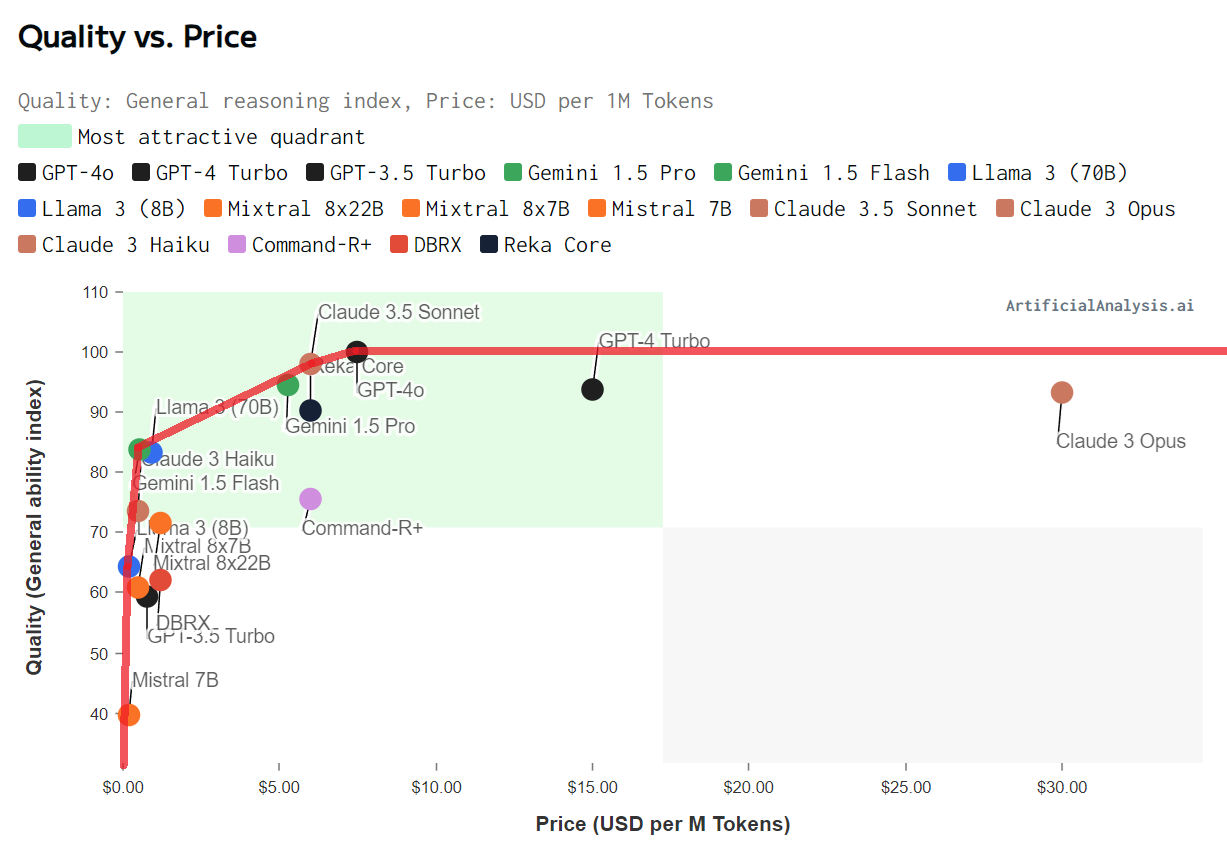AI API Comparison 2024: Anthropic vs Google vs OpenAI
Enrico Ros

Introduction
As a developer or AI business owner, who do you bet your farm on? Anthropic, Google and OpenAI have premium Large Language Model API offerings, and it's not just the models that are different species of artificial intelligence, but the APIs play a major role in leveraging the LLM and fitting it to the job at hand.
As of July 9, 2024, here's how the major AI APIs stack up. This comparison covers key features including:
- Message structure and content types
- Multimodal support
- Streaming and response structure
- Function calling and tool handling
- Advanced features and safety measures
Takeaways
There is one best API for your use case. There is no clear winner across use cases, but depending on whether you're focusing on retrieval, agents, multi modality, speed or cost, there is one offering for you. Also consider the following observations:
- Anthropic excels in output consistency and offers assistant prefill capabilities, support good structuring of your requests via XML, and follows the prompts quite well. Good streaming support and image understanding.
- Gemini leads in multimodal support, offering audio and video processing capabilities that are currently unavailable in other APIs. Also has inline Code Execution which saves cost (50%) and increases the robustness compared to other solutions.
- OpenAI provides advanced function calling features, including parallel tool calls, and unique offerings like system fingerprint and overall a more time-tested, battle-proof API. On the downside, the API shows signs of aging, with multiple overloads of the same parameters. This analysis does not cover the Assistants API which has great capabilities for data storage, retrieval, and various customizations.
Beware of the vendor lock in; at this stage of the industry you can still easily migrate to different APIs to opt into new features, or move to different locations in the Pareto-efficient frontier of model performance/cost. With more features coming to the market and no standardization in sight, this is poised to change soon, the most visible example of this being the OpenAI Assistants API.
Anthropic vs Google vs OpenAI API comparison table
For a feature-by-feature comparison, please see this live link on GitHub: big-AGI/docs/2024-AI-APIs-Comparison.md

The full table is available at this link: https://github.com/enricoros/big-AGI/blob/main/docs/2024-AI-APIs-Comparison.md
Quality vs Cost
This post focuses on the differences of the API from a developer point of view. For a great, insightful, and live analysis of the Quality vs Cost curve, head off to

Source: https://artificialanalysis.ai/
Parting Thoughts
Each API offers unique strengths and capabilities, and each API is improving with a high rate of innovation. For developers and AI businesses, understanding these differences becomes crucial for making informed decisions and choosing the right partner for a long and successful run.
Whether you're building complex multimodal applications, focusing on output consistency, or requiring advanced function calling capabilities, there's an API that aligns with your needs.
Big-AGI 2.0 with full multimodal support will be out soon, to let you experience all these APIs and choose the one that's more fit to your unique use case. At any time we are here to help you and guide you on our Discord, or you can reach out to us via email.
BIG-AGI
Resources